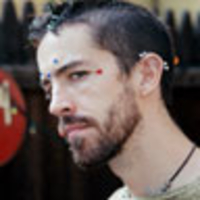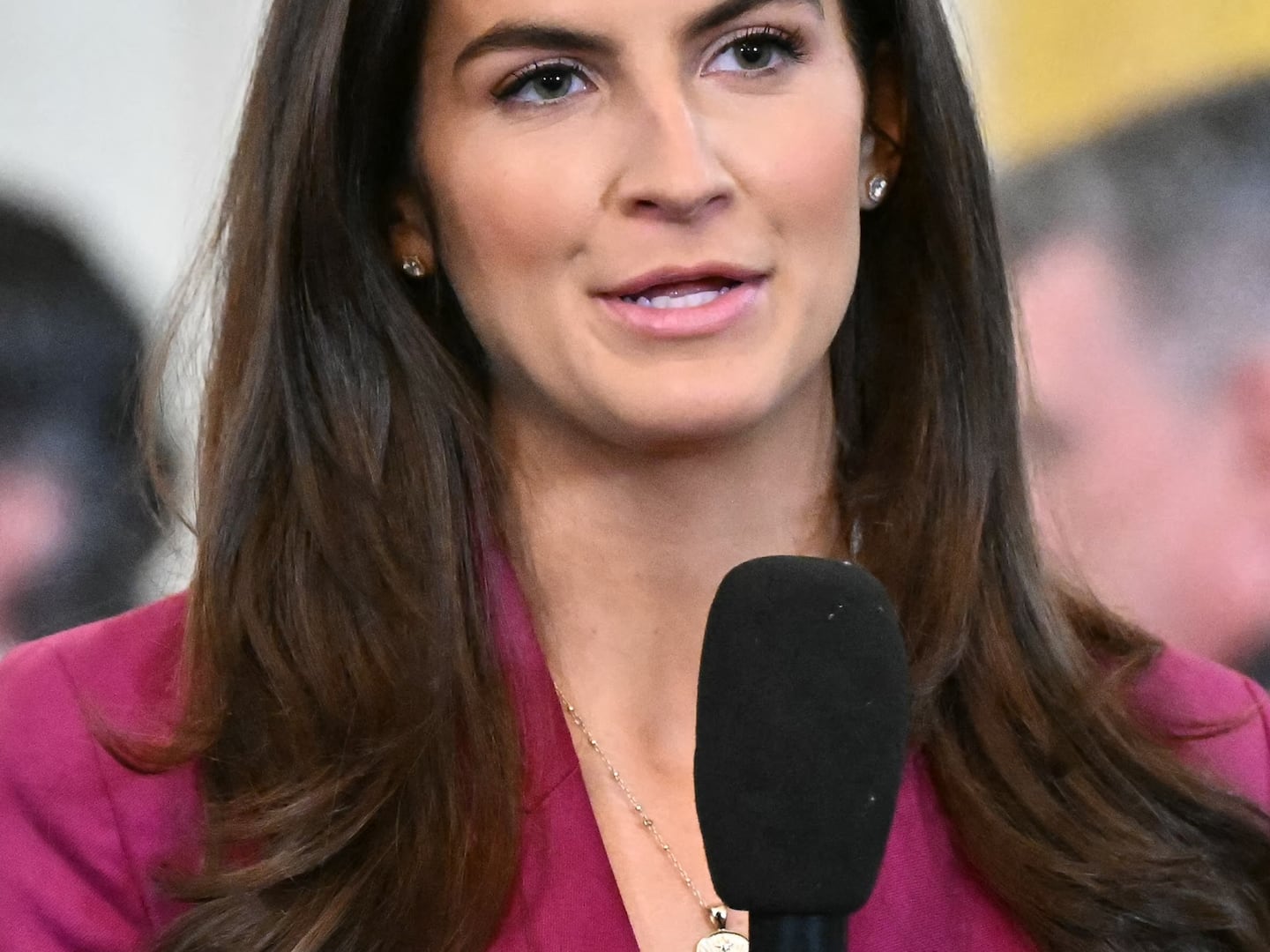SASSAFRAS LOWREY: When I was seventeen, the adults I lived with went through my bedroom and found the lesbian books I’d secretly checked out from my county library. I kept them stacked between my high school math and social studies textbooks. Just six months before, I’d run away from my mom’s house and among the items I brought with me were two gay books I’d secretly purchased from the bookstore at the mall. The adults I stayed with found those books, too, and read my journal. They called my school, had me paged to the office, and told me never to come back. I knew then that queer words were powerful.
Three days after I was kicked out, I was crashing on a friend’s couch. I had no idea where to go, or what was going to become of me. I went to my county library looking for answers. I looked at every book shelved under “homosexuality.” I was searching for answers about what it meant to be young, queer, and on my own. That day, I didn’t find any books that could help me. Sitting on the floor of that library, I made a promise to myself that if I survived, I would somehow find a way to write the kind of queer books that I was searching for.

Then last summer I got a message on Facebook from a reader and artist named Michelle Brennan. She and I had friends in common but had never met, never spoken. She had heard about my novel Roving Pack and read it after being diagnosed with cancer. While undergoing chemo she began an art project. Taking a shoebox and a little doll, she brought my novel to life, the way that as children in school we did “book in a box” book reports. She mailed it to me as a gift. Opening that box was overwhelming. As an author, I’m living the promise I made to myself as a homeless queer youth that someday I would write the kinds of stories that I needed. That I would write stories that I still need, which bring queer lives to life on the page. Receiving that diorama from Michelle was the ultimate confirmation that I’m doing the work I’m supposed to be doing. Queer books aren’t just important for queer youth. Queer adults need queer books. We need to see our lives, desires, bodies, relationships reflected back at us in books.
When I received Michelle’s diorama in the mail, I was in awe and immediately posted pictures of it online. So many people got excited, and began talking about the power of queer books in their own lives, the books that had inspired them to come out, and the books that inspire them today. They talked about wanting to make art in honor of these books.
* * *
HUGH RYAN: When I was nine, a teacher took Anne Rice’s Interview with a Vampire away from me because it was “inappropriate.” Perhaps so, but it was also the only book I’d ever found with queer characters, even if they were immortal, immoral vampires whose lives bore no resemblance to mine in the suburbs in the early 80s. Without it, I was reduced to looking up “homosexuality” in the card catalog of my small public school library. When all that got me were books on Greco-Roman art, I looked up “sex,” which left me piecing together an understanding of my desires from a book on feline reproduction.
Thankfully, within a few years I started working after school and in the summers, and began to buy, borrow, or steal any queer book I could get my hands on. I was lucky enough to come of age in a time when there were books available. But I’ll never forget that feeling of being alone, not just in my town, but seemingly throughout space and time—so alone that there wasn’t even a book to guide me.
When I founded the Pop-Up Museum of Queer History, which is a nonprofit that helps local communities around the country develop art shows to illuminate LGBTQ history, I was primarily concerned with sharing knowledge, spreading those small bits of our history that are hard to find elsewhere. But I quickly came to realize that the act of sharing was, in and of itself, just as important as the information being shared. As adults, we rarely are given the chance to consume, analyze, and give back information on topics we love. That time is relegated (at best) to school, where queer people often don’t feel able to be open and honest. Without having the chance to look at and analyze our own culture, our own history, and the things that matter to us, we are left depending on the analyses of others, which have often portrayed queers and queerness in a negative light.
When Sassafras showed me Michelle’s diorama, I realized this was a powerful way to share important stories that resonated in queer lives, in a format that wouldn’t feel intimidating and was almost endlessly malleable. Together, Sassafras and I wrote a call inviting people to create a diorama based on a book that was meaningful to them in their development of their queer identity. The books could be anything—gay, straight, picture books, math textbooks – so long as the author could explain how it was important to them. After announcing the show, we received nearly 100 proposals from around the world‚—including Canada, South Africa, Ireland, and the Czech Republic—for dioramas that ranged from pocket-sized to life-sized, on everything from picture books to dense philosophy.
Had we not been limited by the space of the gallery, we would have included all of them! In the end, we chose proposals based on a number of criteria: the clarity of the connection between the book and the personal experience; the artistic vision presented (although not the exhibit maker’s artistic training, as we are open to individuals at all levels of skill and experience in art making); and the creation of a well-rounded final show. A few books were proposed so many times that we knew they needed to be included, such as Zami: A New Spelling of My Name, by Audre Lorde (unfortunately, the artist making this diorama had to drop out of the show at the last minute), Dancer from the Dance by Andrew Holleran, and The Beebo Brinker Chronicles by Ann Bannon. The resulting exhibits explode what the form is or could be, and range from classic “book in a box” shoebox dioramas to translucent towers built on a lightbox.
It has been amazing to see the outpouring of inspiration expressed in the proposals we received, as well as the crucial institutional support from the Pop-Up Museum of Queer History, the Lambda Literary Foundation, MIX NYC, and the Jefferson Market branch of the New York Public Library! In our own small way, this show is a gift to the community and an offering to all other queers who like us stood before a card catalogue or library shelf looking for belonging.







